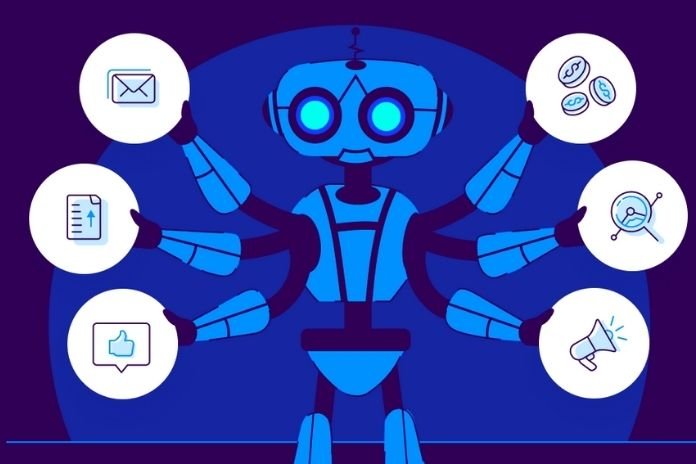Marketing Intelligence: What Will Machine Learning And AI Bring On?

Marketing Intelligence: When attending some marketing events, it is common to hear terms repeated repeatedly.
We have moved from the era of “Content is king” and “We need to demonstrate results” to more technical topics: machine learning, big data, and artificial intelligence (AI), all adapted to our digital work.
In some cases, these words are nothing more than meaningless buzzwords. However – and these are the most interesting applications – marketing intelligence is making strides towards automation – and it is up to us to prepare ourselves for this new scenario.
These technical terms seem like distant things, belonging to a dystopian universe where machines control the world. However, these technologies are much more accessible, close, and applicable than we think. “Among your goals for 2018, put the following: 50% of your digital marketing should be done with the support of machine learning” The sentence uttered by Avinashi Kaushik in his talk at the RD Summit seems catastrophic. Still, it brings some perspectives on intelligence machine-assisted marketing.
Separating Marketing Intelligence Concepts And Buzzwords
One of the most interesting lines in Kaushik’s lecture was the explanation of the concepts used in this area. These keywords make a lot more sense than they appear. The three terms presented:
Artificial Intelligence
Think of this concept as an umbrella term. Just as “digital marketing” is part of the larger “marketing” group, “machine learning” is part of “artificial intelligence.” Looking for the more academic definitions on Wikipedia, it is about a type of technological intelligence that (attempts) to imitate the human one.
Machine learning is not a machining school (although the mental image is wonderful). Also called machine learning, it is a subarea of knowledge within artificial intelligence. This discipline covers the ability of computers to learn and improve their actions in practice without the need for human input of new information. Going back to Google ad campaigns, machine learning allows the campaign to be automatically tuned to increase conversions without the need for manual settings.
Deep Learning
Deep learning is inside machine learning. For a more scholarly explanation, check out the Wikipedia entry. In an extremely simplified form, deep learning attempts to imitate human brain examples to assimilate new knowledge with little or no data input externally by humans.
Rest assured: you don’t need to be a Harvard Ph.D. to apply this knowledge in your daily life. Knowing them helps a lot – and you can develop fantastic projects with their support. The big players in digital marketing are connected to these trends and, little by little, are putting tools supported by machine learning in their products. In addition to the example of Analytics Intelligence, Facebook itself “learns” from campaigns and offers better targeting for ads.
How Is Our Marketing Intelligence Working?
As we have seen so far, the future of marketing intelligence requires preparation from two sides: companies and professionals. In the first group, Kaushik pointed out the need for corporate investment in artificial intelligence technologies as a competitive differentiator.
The Future Of Marketing Intelligence
The advances promoted by artificial intelligence can be felt today. But there is still a way to go – and the prospects are very encouraging. One of the points presented by Kaushik in his talk at the RD Summit is the identification and interpretation of context.
Today’s marketing actions are all based on our prospect’s demographics, psychographics, consumption, and stated intentions. An example: when searching for “lingerie,” it is inferred that there is interest in this topic – after all, you expressly declared this when searching for the term. But what is the intent of the person doing the research?
Capturing and interpreting people’s intentions helps deliver more targeted and useful ads. By cross-referencing data and offering hotels to passengers who missed their flights, the advertiser can transform the lead’s intention – to wait and rest until the next flight – into a business opportunity.
